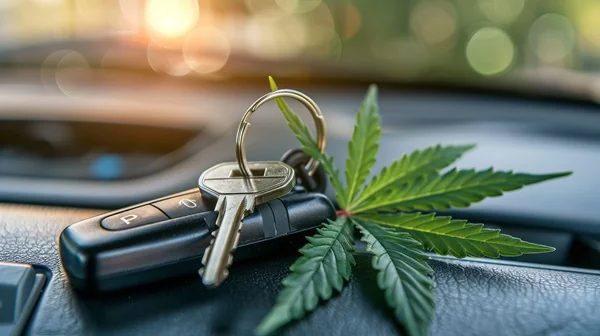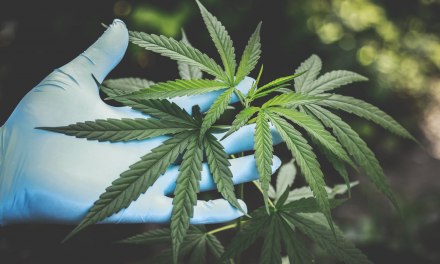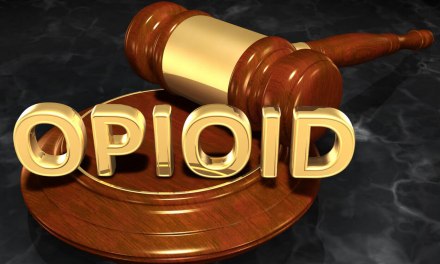We last took a look at this issue back in February of 2024, at a time when the state of Minnesota was embarking on a pilot project involving a saliva test that they hoped would prove “roadside ready” for use by officers in their efforts to detect THC impairment in drivers.
The lack of an accurate test was proving to be a major obstacle to prosecution. A link to that post:
Another Try at a Cannabis Test
I understand that since Minnesota’s experiment, other states– including Michigan, Indiana, Wisconsin, Alabama, and Colorado– have followed suit.
Waiting in the wings is a second option, based on an entirely different approach, known as eye tracking. An officer employs a headset-cum-camera apparatus to track the driver’s responses to visual stimuli on a video screen. Certain patterns of response have been shown by research to correlate strongly with an impaired driver.
Will the results of such testing stand up in court when challenged? We’ll need to wait for a final answer.
Meanwhile, the legal system is facing its own struggles– again, one state at a time.
In some states, a driver with even a trace amount of THC in their system when stopped is likely to be charged with an offense. In other states, arresting officers are required to document proof of impairment.
That can be difficult to measure– unlike alcohol, THC doesn’t consistently result in visible signs of intoxication — and as a result, any evidence they do obtain is subject to challenge in Court.
I’m told that one state has actually set a threshold for THC content, along the lines of BAC. I would have to question whether there exists a true scientific consensus on what that threshold should be.
One thing is clear: Cannabis use does contribute to driver impairment, increasing the risk of accidents and fatalities.
Nonetheless, the task of convicting someone for operating under the drug’s influence can still prove difficult in certain circumstances.
If all that sounds like a bit of a mess, it’s because it is.













